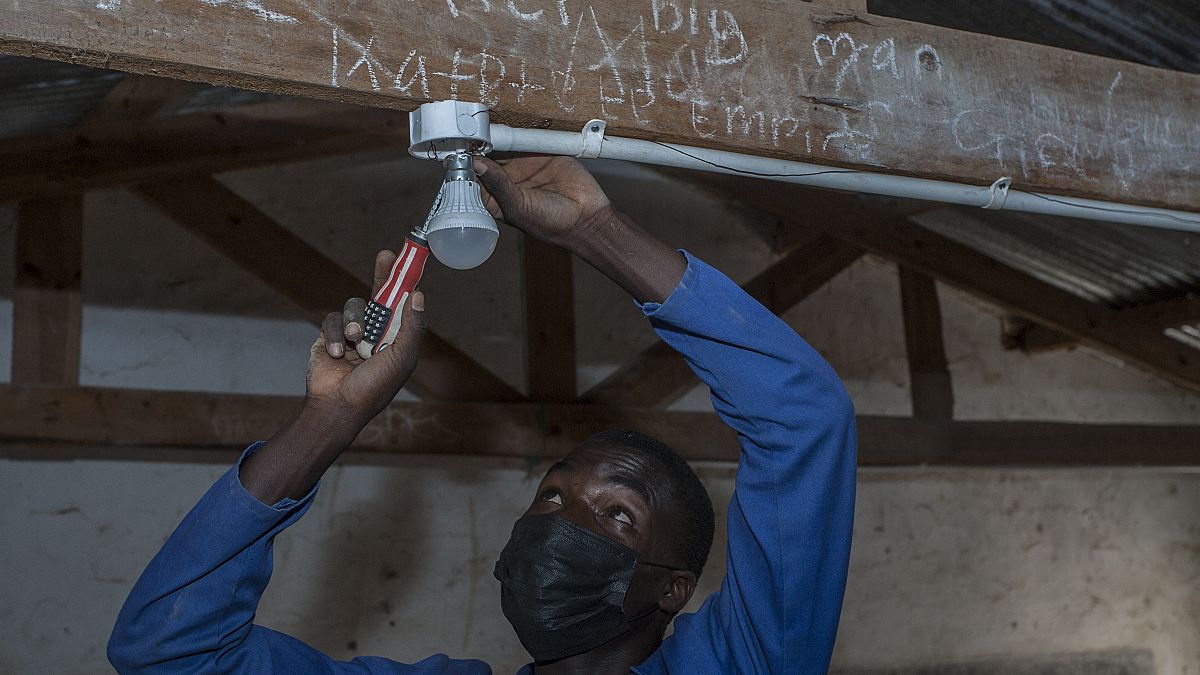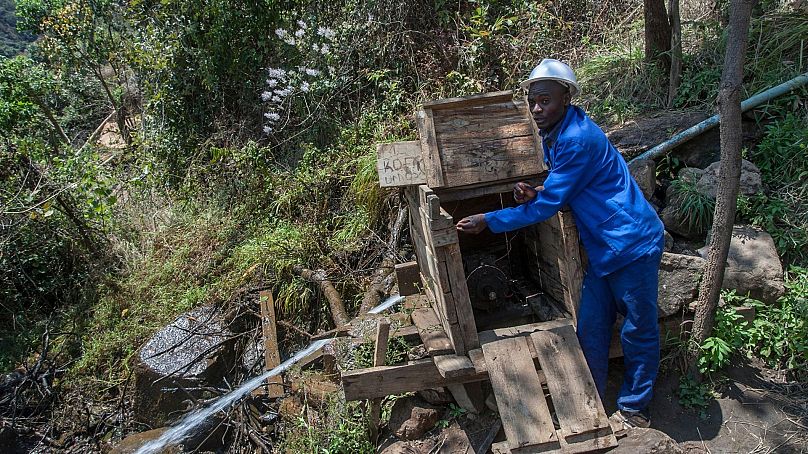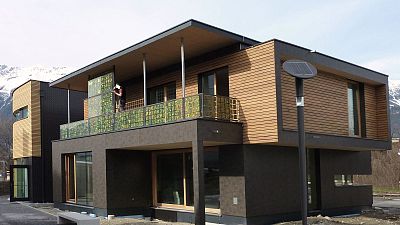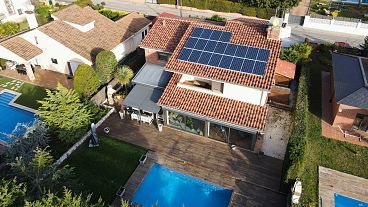Colrerd Nkosi took matters into his own hands by building a DIY hydroelectric turbine.
It takes a village to raise a child, but just one man to install electricity it seems.
Colrerd Nkosi grew up in a village with no electricity, like much of Malawi. After getting an education 40km away, he moved back to his village and made it his mission to make a difference to the community.
He decided to take advantage of the fast flowing river that ran past his house. He put his bicycle into the stream and found the force of the water turned the pedals.
After experimenting with dynamos, Colrerd used an old maize sheller (a machine that skims kernels of corn off the cob) to create a powerful turbine. The power generated is carried through metal cables strung between trees.
The self-taught electrician doesn't charge his neighbours for electricity, just €1 a month for maintenance costs.
What a difference electricity makes
Having electricity means school children no longer have to do their homework by candlelight, as Colrerd did when he was growing up.
The new power supply also has an environmental benefit. "Once villages and schools have electricity...people will no longer cut down trees [for] charcoal," Colrerd says.
He hopes to replicate his system for nearby villages.
Life in one of the world's least electrified countries
Only 11 per cent of Malawi's 19 million people have access to electricity, making it one of the world's least electrified countries, according to Sustainable Energy for All, a campaign group backed by the UN.
Just four per cent of the southern African country's rural population is connected to power, compared to 42 per cent in urban centres.
Watch the video to see how Colrerd changed the life of locals.




